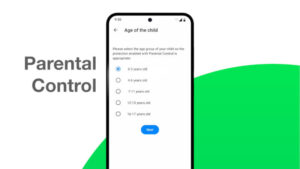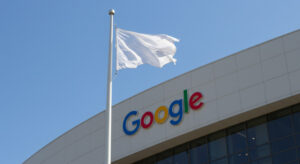Linux continues to gain ground on mobile devices, and it’s not all Android.
On Thursday, Finnish phone maker Nokia announced it’s dropping Symbian and replacing it with the Linux OS MeeGo on their top-of-the-line handsets. The N8 is slated to be the last of Nokia’s N-series phones running Symbian. “Going forward, N-series devices will be based on MeeGo,” Nokia spokesman Doug Dawson told Reuters.
For the time being, Nokia intends to keep Symbian alive on its cheaper sets, but the handwriting’s on the wall, Symbian is rapidly approaching its end of life, which will doubtlessly come as a shock to those who’ve become fans of the OS over the years. Symbian has a long, rich history as an OS for hand-held devices, and can be said to be the first smartphone OS.
Although almost fully associated today with Nokia’s family of smartphones, Symbian began it’s life circa 1987 as EPOC, the OS for the Psion Organiser, which was arguably the first hand held computer. After Psion entered into a joint venture with phone makers Ericsson, Motorola and Nokia, the OS underwent a name change and in 2001 Nokia released the first Symbian phone, the 9210 Communicator.
The operating system has certainly been a workhorse for Nokia. Even now, Symbian runs on over 49% of smartphones brought to market worldwide, making it the most popular mobile operating system on the planet. It’s estimated that by July of 2009, over 250 million devices running the OS had been shipped.
Although Nokia attempted to breath new life into the OS by making Symbian open-source in 2009, that move has failed to garner as much traction with developers as had been hoped.
But it’s out with the old and in with the new.
The new, MeeGo, is a Linux flavor announced in February of this year as a joint effort between Nokia and Intel. Although it was originally intended to be a merging of Intel’s Moblin and Nokia’s Maemo efforts, indications are that what emerged is very much Maemo and very little Moblin. According to Intel, MeeGo was developed to fill the gap created when Windows 7 was released without adequate support for the Atom processor.
MeeGo is designed to run on a variety of platforms, including handhelds, netbooks and televisions, with all uses sharing the same core with different UIs added for each type of device.
Nokia’s stepping away from Symbian to embrace Linux is one of those paradoxical moves that are common in the fast moving world of tech business, especially where consumer media is concerned. Although the OS is still the market leader, it’s beginning to fray a little around the edges and is slowly losing market share, not a good thing with the iPhone and a now revitalized Motorola breathing down your back.
The lukewarm response by the developer community when Symbian was open sourced has also probably played into Nokia’s decision. Both iPhone and Android are gaining considerable traction, in large part due to the availability of apps which offer users the opportunity to customize their phones to suit their individual needs. The huge number of apps available for iPhones and Androids is obviously not something that can realistically be addressed in-house but which must be supplied by the marketplace. Nokia is probably figuring that MeeGo, being a Linux OS like Android, might have better luck attracting app developers, since Android apps will be fairly easy to port to MeeGo.
Which begs the question, why not just use Android, which is a known commodity already liked and respected by consumers? Why add yet another OS into an already crowded mix?
The answer is that would probably not work well for Nokia. As the market leader, they can’t afford what that would do to the public’s perception of them. MeeGo will allow them to retain their position of being a leader that other companies follow. Android would make them just another large phone maker with me-too devices.
As a FOSS supporter, I’m happy to see a company like Nokia embracing Linux on their high end devices. As a tech nut, however, I’m saddened to see an old work horse like Symbian being readied for pasture.
Christine Hall has been a journalist since 1971. In 2001, she began writing a weekly consumer computer column and started covering Linux and FOSS in 2002 after making the switch to GNU/Linux. Follow her on Twitter: @BrideOfLinux






